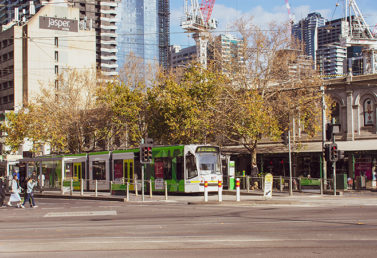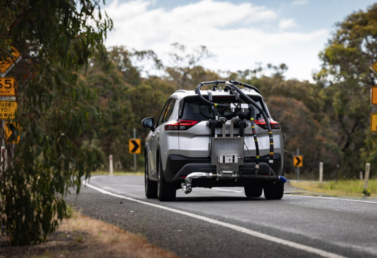Average weekly household transport costs have increased by as much as $70.18 in capital city households to $413.71 a week and by $70.17 in regional households to average $341.68 per week.

Australia’s peak motoring body has released its latest Transport Affordability Index showing average weekly costs have risen more than $70 a week throughout 2021.
The AAA data shows average weekly household transport costs have increased by as much as $70.18 in capital city households to $413.71 a week and by $70.17 in regional households to average $341.68 per week.
Sydney is Australia’s most expensive capital city for transport costs averaging $485.13 per week, followed by Melbourne ($457.12) and Brisbane ($454.70). Bunbury and Alice Springs are the most expensive regional cities tied at $360.88 per week followed by Geelong ($357.28).
As a proportion of household income, nationally transport costs rose 2.8% from 12.6% in 2020 to 15.4%. The Tasmanian cities of Launceston (18.5%) and Hobart (18.2%), followed by Brisbane (17.7%) had the highest transport costs as a portion of household income.
AAA Managing Director Michael Bradley said: “Rising fuel prices continue to be a significant contributor to cost of living pressures across both regional and metropolitan Australia.
“With a federal election and two state elections this year, this index is a timely reminder that policies that further increase transport costs need to be avoided.”
Full breakdown and comparison tables on the affordability index available here: Transport Affordability – AAA – Data Dashboard

The latest AAA Transport Affordability Index reveals transport cost rises exceeded the consumer price index not only in the September 2023 quarter but also over the 12 months to the end of September.
read more
Initial results of Australia’s first program to test vehicle real-world performance show the cars tested use up to 13% more fuel on the road than they did in lab tests reported by manufacturers.
read more
The quarterly update of the AAA’s EV Index shows the Australian new vehicle market continuing to change.
read more